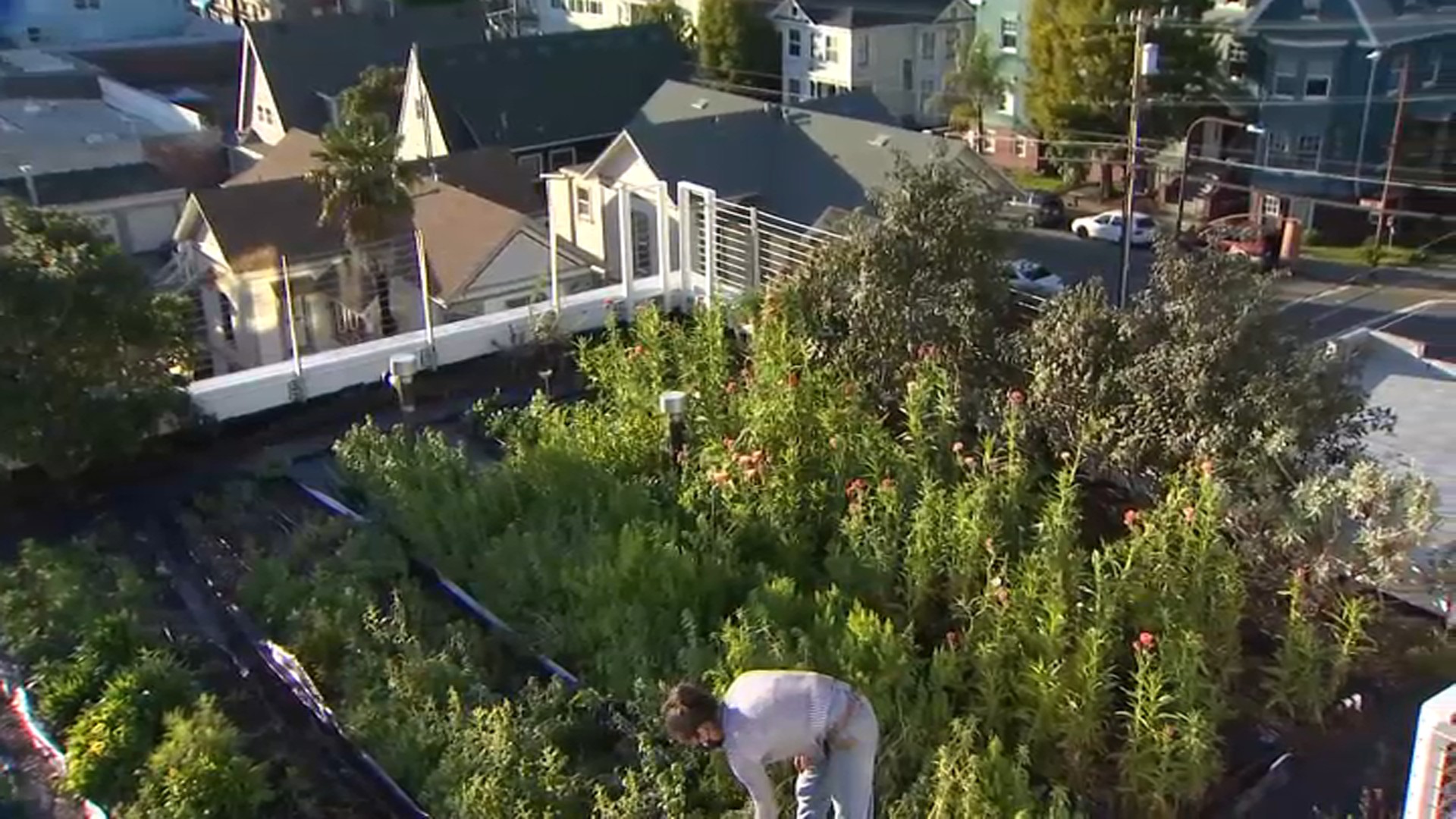It used to be that people didn’t need an air conditioning unit if they lived in cities by the San Francisco Bay, such as Berkeley, Oakland or San Francisco.
But thanks in part to something called the urban heat island effect, summertime in most Bay Area cities is getting more and more unbearable each year.
Watch NBC Bay Area News free wherever you are
De Fremery Park in West Oakland is an oasis for people when the temperature soars past 80 degrees. That’s because most of West Oakland is covered in asphalt, concrete and other materials that absorb heat. Oakland Sustainability Manager Daniel Hamilton said the urban heat island effect explains why it could be 5 degrees hotter in the city’s industrial flatlands than in the Oakland hills.
"That’s really a story of two different Oaklands," Hamilton said. "It’s a tree canopy coverage of 50% or more in the hillside areas and only 4% in the flatland, low-lying areas of Oakland. That kind of disparity is exactly the type of inequity that Oaklanders have faced for generations."
The urban heat island effect isn’t just making summer days hotter. It’s also polluting the air people breathe. Sunlight and heat reacts with smog that comes from cars and trucks.
"As temperatures rise above about 80-85 degrees, that reaction speeds up so more and more ground level smog gets created," Abby Young from the Bay Area Air Quality Management District said.
Deborah Britt of West Oakland said she's experienced difficulty breathing when the temperatures rise.
"Asthma, bronchitis, these kinds of ailments get a lot worse," Young said.
There are some things cities and the average homeowner can do to cool off the urban heat island effect. Here's what the EPA advises:
Get a weekly recap of the latest San Francisco Bay Area housing news with the Housing Deconstructed newsletter.
- Plant trees and vegetation
- Create green roofs, like rooftop gardens
- Switch to cool roofs that can reflect sunlight
- Install cool pavements that can reflect heat instead of absorb it
Hamilton and his team have already planted 50 coastal live oak trees in De Fremery Park. In five to 10 years, they’ll get big enough for people to sit under. The city is also in the process of creating an urban forest master plan which will map out the other neighborhoods in desperate need of relief from the urban heat island effect.
"They’re actually fantastic at sucking carbon out of the air and giving us back oxygen, exactly the type of reversal we need to see to help tackle climate change," Hamilton said.




